Table of content
Tofu, a humble ingredient derived from soybeans, has captivated palates across the globe for centuries. Renowned for its versatility, tofu serves as a blank canvas for culinary creativity, absorbing flavors and textures with remarkable adaptability. Among the myriad ways to prepare this protein-rich staple, stewing stands out as a method that elevates tofu from mundane to magnificent. By gently simmering tofu in aromatic broths, spices, and complementary ingredients, cooks can transform its mild taste into a symphony of umami-rich flavors. This article delves into the nuances of stewing tofu to perfection, exploring techniques, regional variations, and creative pairings that will leave both novice and seasoned chefs inspired.
The Foundations of Stewed Tofu
At its core, stewing tofu is an exercise in patience and balance. The process involves slow-cooking tofu in liquid until it becomes tender, infused with the essence of the broth. Unlike frying or grilling, which impose distinct textures, stewing mellows the tofu’s natural neutrality, allowing it to harmonize with bold or delicate flavors alike. To achieve this, several factors demand attention: tofu selection, broth composition, cooking time, and complementary ingredients.
Choosing the Right Tofu
Not all tofu is created equal. The type of tofu selected significantly impacts the final dish’s texture and flavor absorption. Here’s a breakdown of common varieties:
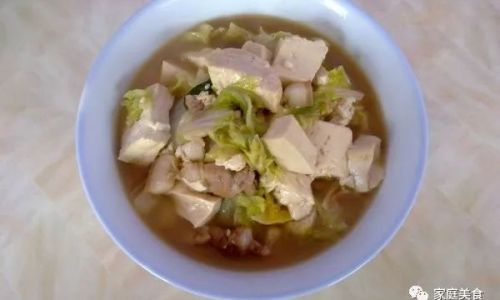
- Silken Tofu: With a custard-like consistency, silken tofu is ideal for creamy stews or dishes where a melt-in-your-mouth texture is desired. It works well in Japanese yudofu (simmered tofu) or blended into miso soup.
- Soft Tofu: Slightly firmer than silken, soft tofu retains its shape better during stewing. It is perfect for light broths or when paired with delicate herbs.
- Firm Tofu: The workhorse of stews, firm tofu holds its shape even after prolonged simmering. Its porous structure allows it to soak up sauces, making it a favorite in hearty dishes like mapo tofu or Korean sundubu-jjigae.
- Extra-Firm Tofu: For those seeking a meaty texture, extra-firm tofu resists breaking down, offering a satisfying chew. It excels in spicy stews or when marinated before stewing.
Crafting the Broth
The broth is the soul of any stew. Whether vegetarian or meat-based, its flavor profile dictates the dish’s character. Consider these elements when building your broth:
- Base Liquid: Water, stock (chicken, vegetable, or bone), dashi (Japanese soup stock), or coconut milk can serve as foundations. Each imparts unique richness.
- Aromatics: Garlic, ginger, onions, and leeks form the aromatic backbone. Sautéing them before adding liquid deepens their flavor.
- Umami Boosters: Soy sauce, miso, fermented bean paste, mushrooms (dried shiitake or porcini), or tomato paste add savory depth.
- Spices and Herbs: Star anise, Sichuan peppercorns, bay leaves, cilantro, or basil introduce layers of complexity. Adjust quantities based on desired heat and aroma.
- Sweeteners: A touch of sugar, honey, or mirin balances saltiness and bitterness.
Cooking Time and Temperature
Stewing tofu requires low, steady heat to prevent it from disintegrating. Simmer gently—never boil—to maintain the tofu’s structure while allowing flavors to penetrate. Cooking times vary:
- Delicate Stews: 15–20 minutes for silken or soft tofu.
- Hearty Stews: 30–45 minutes for firm or extra-firm tofu, allowing spices to meld.
Techniques for Perfectly Stewed Tofu
Mastering a few key techniques can elevate your stewed tofu from ordinary to extraordinary.
Preparing Tofu for Stewing
- Draining and Pressing: Excess moisture dilutes flavors. Wrap tofu in paper towels or a clean cloth, place a heavy pan on top, and let it sit for 15–30 minutes. This step is crucial for firm and extra-firm varieties.
- Marinating: For deeper flavor, marinate tofu in a mixture of soy sauce, rice wine, and spices for 30 minutes before stewing.
- Searing (Optional): Briefly pan-frying tofu cubes before stewing creates a golden crust, adding texture contrast.
Layering Flavors
Stewing is a cumulative process. Build flavor progressively:
- Sauté Aromatics: Cook garlic, ginger, and onions until fragrant.
- Toast Spices: Dry-roast whole spices (e.g., cumin, coriander) to release oils before adding liquid.
- Deglaze: Add a splash of wine, sake, or vinegar to lift fond (browned bits) from the pan.
- Simmer: Introduce tofu and liquid, adjusting seasoning as it cooks.
Avoiding Common Pitfalls
- Overcooking: Tofu becomes chalky if simmered too long. Test tenderness with a fork.
- Underseasoning: Tofu’s mildness demands generous seasoning. Taste and adjust broth regularly.
- Stirring Too Vigorously: Aggressive stirring breaks delicate tofu. Gently shake the pot instead.
Regional Variations of Stewed Tofu
Tofu’s adaptability shines in global cuisines. Explore these regional interpretations:
**1. Chinese-Style Stewed Tofu with Pork (Doufu Rou)
A classic comfort dish, this stew marries tender tofu with savory ground pork.
Ingredients:
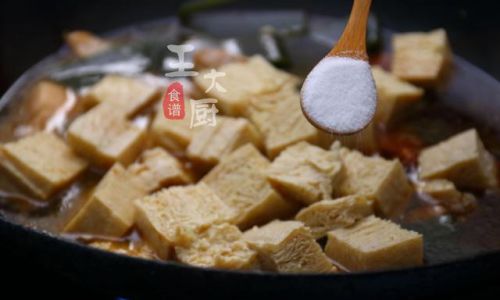
- 1 block firm tofu, cubed
- 8 oz ground pork
- 2 tbsp vegetable oil
- 1 tbsp fermented black beans, rinsed
- 3 garlic cloves, minced
- 1 tbsp ginger, grated
- 1/4 cup chicken broth
- 2 tbsp soy sauce
- 1 tbsp oyster sauce
- 1 tsp sugar
- 1/4 cup green onions, sliced
- 1 red chili, thinly sliced (optional)
Instructions:
- Heat oil in a wok. Sauté pork until browned; set aside.
- In the same wok, stir-fry black beans, garlic, and ginger until fragrant.
- Add pork, tofu, broth, soy sauce, oyster sauce, and sugar. Simmer 15 minutes.
- Garnish with green onions and chili. Serve with steamed rice.
Japanese Yudofu (Simmered Tofu)
Minimalist yet profound, yudofu highlights tofu’s purity.
Ingredients:
- 1 block silken tofu
- 4 cups dashi stock
- 1 tbsp sake
- 1 tbsp mirin
- 1 tsp salt
- 1 sheet nori, torn
- 1 tbsp grated daikon radish
- 1 tbsp chopped green onions
- Soy sauce for dipping
Instructions:
- Bring dashi, sake, mirin, and salt to a simmer.
- Add tofu and nori; cook 5 minutes.
- Serve with daikon, green onions, and soy sauce for dipping.
Korean Sundubu-jjigae (Spicy Soft Tofu Stew)
A fiery, comforting stew featuring soft tofu and kimchi.
Ingredients:
- 1 lb soft tofu
- 1/2 cup kimchi, chopped
- 4 cups anchovy broth
- 2 tbsp gochujang (Korean chili paste)
- 1 tbsp gochugaru (Korean chili flakes)
- 1 tbsp soy sauce
- 1 tsp sesame oil
- 8 oz ground beef (optional)
- 1 egg
- 1/4 cup mushrooms, sliced
- 1 green onion, sliced
Instructions:

- In a clay pot, combine broth, gochujang, gochugaru, soy sauce, and sesame oil. Bring to a boil.
- Add beef (if using), kimchi, and mushrooms; simmer 10 minutes.
- Gently stir in tofu. Crack an egg into the center.
- Cover and cook 5 minutes. Garnish with green onions.
Creative Pairings and Presentation
Stewed tofu’s versatility extends beyond the bowl. Experiment with these pairings:
- Grains: Serve over jasmine rice, quinoa, or soba noodles.
- Vegetables: Add spinach, bok choy, or enoki mushrooms during the last 5 minutes of cooking.
- Proteins: Incorporate shrimp, chicken, or mushrooms for a heartier meal.
- Crispy Toppings: Sprinkle with fried garlic, shallots, or chili crisp for texture contrast.
- Herbs: Finish with cilantro, basil, or shiso leaves for freshness.
Troubleshooting Guide
Even experienced cooks encounter hiccups. Here’s how to fix common issues:
- Tofu Is Too Bland: Marinate longer or increase seasoning in the broth.
- Broth Is Too Salty: Add a potato chunk (absorbs salt) or dilute with water/stock.
- Tofu Falls Apart: Use firmer tofu or reduce cooking time.
- Stew Lacks Depth: Incorporate umami-rich ingredients like mushrooms or tomato paste.
Health Benefits of Stewed Tofu
Beyond its culinary appeal, stewed tofu offers nutritional perks:
- High-Quality Protein: A 3.5-oz serving provides 8 grams of complete protein.
- Low in Calories: Ideal for weight management.
- Rich in Isoflavones: Plant compounds linked to heart health and reduced inflammation.
- Gluten-Free and Vegan-Friendly: Suitable for diverse dietary needs.
Conclusion: The Joy of Stewed Tofu
Stewing tofu is an alchemy of simplicity and sophistication. It rewards patience, invites creativity, and bridges cultures through shared culinary heritage. Whether you prefer the fiery kick of Korean sundubu-jjigae, the tranquil elegance of Japanese yudofu, or the robust comfort of Chinese doufu rou, stewed tofu offers a canvas for endless exploration.
As you embark on your stewing journey, remember that perfection lies not in rigid adherence to recipes but in understanding the interplay of ingredients, heat, and time. Experiment with spices, embrace regional inspirations, and savor the joy of transforming a humble block of tofu into a dish that nourishes both body and soul. After all, the best stews are those made with intention—and a generous heart.
Word Count: 1,350
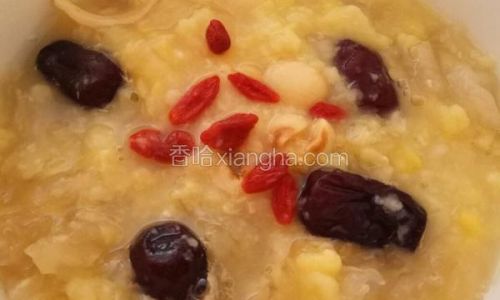
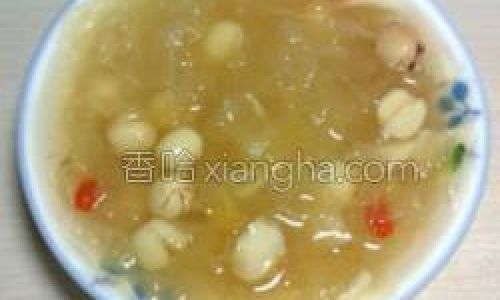
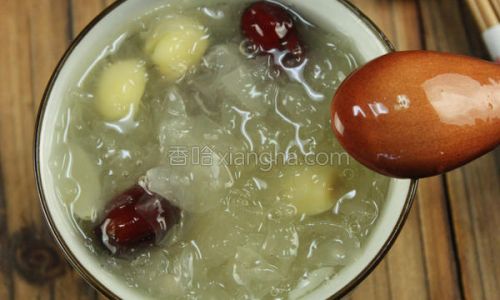



0 comments